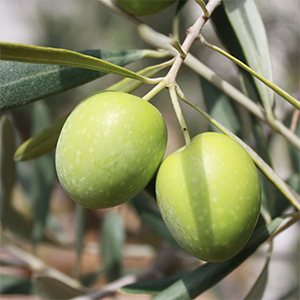The green granary of the Empire? Insights into olive agroforestry in Sicily (Italy) from the Roman past and the present

HTML: 137
All claims expressed in this article are solely those of the authors and do not necessarily represent those of their affiliated organizations, or those of the publisher, the editors and the reviewers. Any product that may be evaluated in this article or claim that may be made by its manufacturer is not guaranteed or endorsed by the publisher.
Groves with ancient olive trees (Olea europaea L.) could be considered remnants of old agroforestry systems. Anything but static, these agro-ecosystems have undergone drastic transformational processes in Mediterranean countries, where abandonment or intensification have been observed far more than continuity, expansion or renaissance, leading to environmental degradation of rural areas. Starting from this assumption and inspired by historical ecology and historical geography, we consider centuries-old olive trees as living archives of human-nature interactions and are thus proxies of past agroforestry. Our aim is to better understand what has driven dynamics of change and persistence, happening today as well as in the past. We first travel backward in time, looking at the ecology of land management systems during the Roman period (ca 200 BC-400 AD) and late Antiquity (ca AD 400-700). The special focus is the island of Sicily, the granary of the Empire, well known as a region where cereal production increased around the latifundia economy. We reconstruct the diversity of land tenure and the ecology of such complex systems, by combining records from Roman agriculturalists and palaeoenvironmental evidence of the past. We then zoom out, to look at today’s management practices in olive groves, thus drawing a parallel between Antiquity and today. Our work provides valuable insights into the correlation between certain organisation models, ecological strategies and adaptation capacity over the long term, clearly showing that human and nature dimensions are interconnected. Such entanglement may be a key element for ensuring these agroecosystems resilience. All elements that may contribute to the re-invention of sustainable forms of their management, for the present and the future.
How to Cite

This work is licensed under a Creative Commons Attribution-NonCommercial 4.0 International License.
PAGEPress has chosen to apply the Creative Commons Attribution NonCommercial 4.0 International License (CC BY-NC 4.0) to all manuscripts to be published.

 https://doi.org/10.4081/ija.2023.2184
https://doi.org/10.4081/ija.2023.2184







